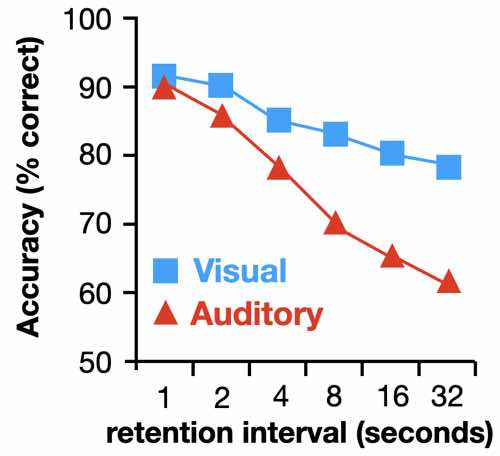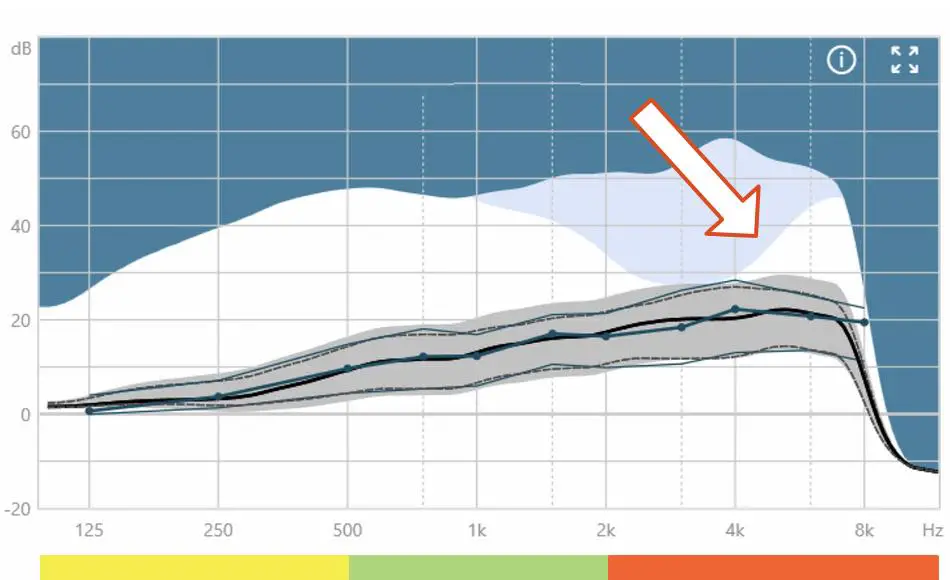In this article, you will learn about how to adjust hearing aids in a do-it-yourself approach. This step-by-step guide shows you what a professional hearing care provider does and needs to be able to get access to the full capabilities of the software.
Some customers would really like to get their hands on the professional software and think after playing around a little they would find the receipt for their perfect fit. This just is not the case and I will go into detail at the end of the article about why you should not do it. Because you do not know what is optimal for you. If you know why jump to the last part of this article.
First of all, I totally understand why a wearer would have access to all the options of the hearing aid. In some cases, it is a lot more convenient to hear if a small change would lead to the desired result instead of making an appointment and visiting the professional. Personally, I do also think the apps that come with the hearing aids should be more powerful and should give you more access to adjust the hearing aids to your needs.

Tools Needed to Adjust Your Hearing Aids
In order to adjust the hearing aid without an audiologist, you would have to have the same software in combination with the correct standardized interface to connect your hearing aids to your computer. Usually, you only get access to the software when you are a professional in the health care industry or when you get the devices from your hearing care specialist, or when you use one of the various online marketplaces.
So in most cases, you need to find an audiologist or acoustician that supports your wish to adjust the hearing aids yourself. I am not the one for this task. Please do not email me about it. But here is another online shop where you can buy the Noah link.
When you have bluetooth connectivity in your hearing aids the Noah link is probably the device to go. But when you have really small in-the-ear hearing aids like the Signia Silk you need to connect the hearing aids with a flat cable in combination with the Noah link for example. So you need to look this up first because there are several standardized interfaces available.
Some interfaces work as plug and play solutions (Noah link wireless) while others require you to install other software so the interface can run like the (Noahlink in combination with its properties)
After you bought the right hardware you need the correct software for your hearing aids to be connected to your PC. Every hearing aid brand has its own software. Here in the list below you can see the names of the hearing aid brand’s software.
| Hearing Aid Manufacturer | Name of the Software |
| Audio Service | Connexx |
| Bernafon | Oasisnxt |
| Oticon | Genie |
| Phonak | Target |
| Resound | Smart Fit |
| Signia | Connexx |
| Starkey | INSPIRE OS |
| Widex | Compass |
With some updates over the years of the software support ended for older hearing aids. So if you have can not connect to your device you might use an older version of the software. When we take a closer look at Oticon the current software is named Genie 2. With Genie 1 different hearing aids were supported.
After installation, you can start the software add a new client, and then you can detect your hearing aid instruments as shown in the video below.
Here in the right top corner of the screen, you can see the button Noahlink wireless in case you are using another interface to connect your hearing aids you need to change this setting first before you continue. Before you continue you need to know you can lose all the fitting data on your hearing aids when you chose the wrong options in the next steps.
As those training videos are oftentimes available on YouTube they will be pretty easy for you to find. Here for example I have a link for you to the Signia website with little training videos for the connexx software. I am confident you will not have to look long for your hearing aid brand to find the correct videos. In these videos, you can learn how to enter an audiogram and adjust the hearing aids yourself.
After your audiogram is entered you need to select the correct dome or earmold and then you can perform the first fit and fine-tune it afterward. The finetuning is shown in the training video below.
Do not forget to save the data before you close the fitting software.
Now you know how to do the very basics to set the hearing aids up. The Problem is you are missing data for a perfect fit which will result in an inferior hearing aid experience. Because you are missing data of real-ear measurements. You could do an inset Audiogram with the software you have (an Audiogram directly with the inserted hearing aids) but the adjusted amplification in most cases is still far from optimal adjustments.
Let us have a closer look at what I mean. In the next paragraphs.
The Drawbacks of Adjusting Hearing Aids Yourself
There are different ways to adjust hearing aids optimally. Depending on the way chosen the results may differ. But hearing care professionals will measure how much amplification is needed in order to meet your amplification target. This can be done for example with the percentile analysis or the categorical loudness scaling. Both are good and improve the fitting a lot.
The problem is you do not have access to this technology. You may think about two points against this professional approach and those are:
- I know best how a hearing aid should sound like.
- Pfff, how much could I be off-target… Come on…
First of all, you do not know how things should sound like because you did not hear certain sounds for a few years now. And as studies show your auditory memory degrades when time passes. Now you ask yeah yeah but within what time frame? You can see a significant drop in how good sounds are remembered within 32 seconds. Here is a little excerpt from a study from Amy Poremba.
After an interval ranging from one to 32 seconds, subjects were asked whether various stimuli (sounds) were the same or different from the originals. As you can see in the picture below. The auditory memory is not that great.

“Our auditory memory isn’t as robust as we might like to think it is”
Amy Poremba, associate professor of psychology and neuroscience
When you adjusted the hearing aids with the so-called “first fit” you have at best a very rough guess where the amplification levels need to be. In 9 out of 10 cases with hearing aid adjustments, the amplification levels are too low especially when it comes to the higher-pitched frequencies. Here in the picture below you can see an adjustment of a first fit. The grey area indicates how much amplification different sounds with low medium and high volume received.
The red underlined area indicates high frequencies which sound like chirping birds.
The green underlined area indicates mid frequencies which sound tinny.
The yellow underlined area indicates low frequencies which sound rumbly.

When the amplification levels are too low sounds you actually do not want to hear like the rustling of paper will not be as present and therefore first acceptance is higher.
But when I checked the amplification levels of the first fit you just saw above in the screenshot with the categorical loudness scaling I knew the amplification levels for higher frequencies need to be turned up a lot. After some fine-tuning, I met the desired prescription.

But look how the amplification (grey area) has changed in the high-frequency range. Now the wearer in this case an elderly woman enjoys the best understanding even in a noisy environment. But therefore I had to explain a lot and show her. How much her understanding drops when I lower the amplification of the high frequencies.
When you adjust your hearing aids at home in a do-it-yourself approach you would never meet the correct prescription targets when you started with the first fit like in this case and so much-needed amplification was still missing. The problem is the targets for the amplification levels change with a smaller, bigger, or different shaped ear canal in relation to the hearing loss.
When I do the fine-tuning with you in the shop I use a device called ACAM from Acousticon and it shows me after I did my measurements what frequencies need more or already have the correct or too much amplification. This is nothing you could do on your own.
The Benefits of Adjusting Hearing Aids Yourself
There are of course benefits to adjusting hearing aids on your own like saving time because you do not need to go to a hearing care professional and you will probably save a bunch of money when you do it on your own. The problem is you need to have a good understanding of physics and audiology to know how to adjust things optimally.
But without the knowledge of where you actually start and where you need to go you just can not do it optimally. Could you be satisfied with a suboptimal adjustment of your hearing aid, yes. Could you also do a better job than your audiologist. When he or she uses best practices I doubt a DIY approach will work better.
I wish you a great day.
